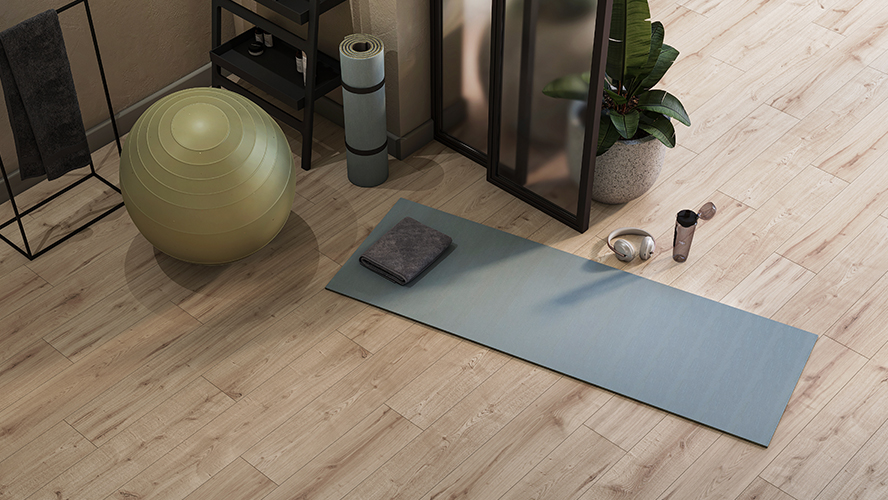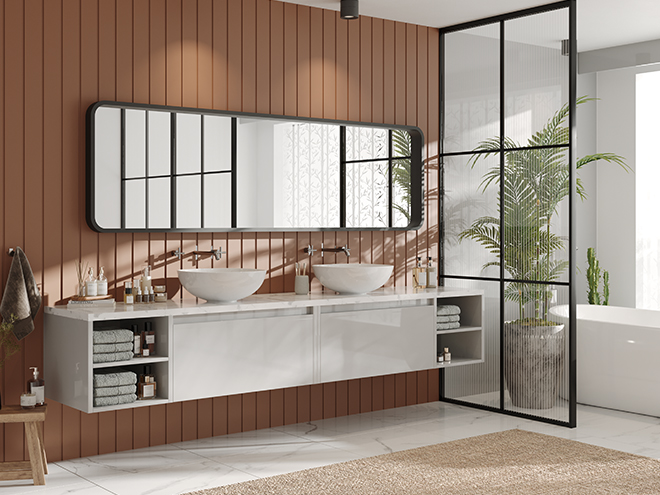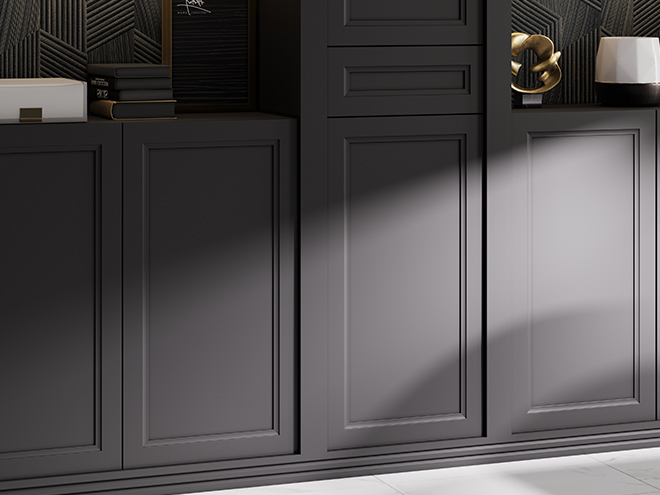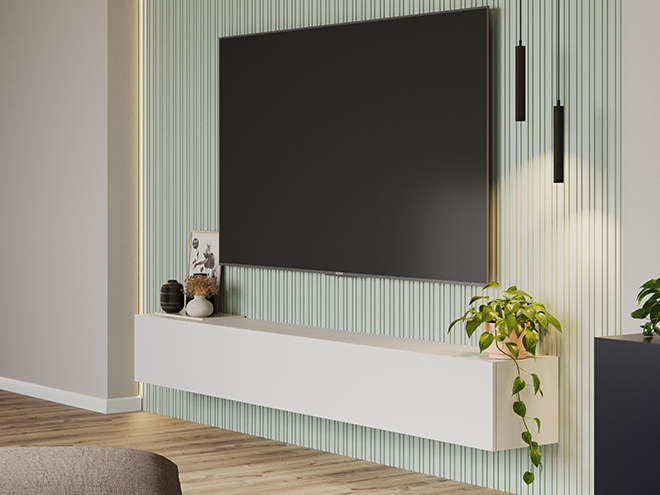

Things To Consider When Using Underfloor Heating With Laminate Flooring
The comfort of stepping on the warm floor in cold weather is priceless. The number of people who prefer underfloor heating to enjoy the warm floor feeling is increasing day by day. However, there are question marks about laminate flooring suitability when using a floor heating system.
With its multi-layered structure, AGT flooring is compatible with underfloor heating systems. However, some issues should be considered when laying laminate flooring in underfloor heating systems. What are these? Let's take a look:
1.Preliminary Process
The underfloor heating system can be inside the screed or concrete layer. This is not a problem for laminate flooring, and you can use underfloor heating with peace of mind. Preliminary preparation must be made for any underfloor heating system. The floor is dry, and the surface is clean; it should be ready for screed, free from dust and dirt.
2.Disposal of Floor Screed
The floor screed should be laid following the standards to be suitable for laminate flooring application (the fluctuation on the surface should be max. 4 mm in 1 meter). Drying times are ensured proper drying of the screed. These times may differ depending on the type of screed.
3.Preheat should be done
Preheat should be done after leaving it to rest for 3 weeks for concrete floors and 1 week for anhydrite (calcium sulfate screed) floors, depending on seasonal conditions in newly finished buildings.
Before starting the assembly process, it is necessary to preheat the floor to bring the humidity to the appropriate level. Underfloor heating is started at a temperature of 25 °C; The flow temperature is increased by 10 °C every day until 55 °C or the desired maximum flow temperature is reached. It is carried out for 16 days at 55 °C or the prescribed maximum flow temperature without night reduction. Then the heating is reduced by 10 °C per day until the first 25 °C is reached again, and the system is left to rest.
4.Floor Dryness Must Be Tested
After preheating, the floor dryness should be tested. 24 hours before the end of the heating process, 50x50 cm polyethylene film is taped from the edges and adhered to the floor. If there is no condensation in the polyethylene film after 24 hours and the color of the floor is not different in that area, the floor is ready for assembly.
If the floor is not yet ready for coating, it is necessary to wait a few more days. It is expected to be prepared for installation by continuing to heat the floor at the maximum flow temperature.
When the screed is completely dry, you can lay your new laminate flooring on the floor with peace of mind. In underfloor heating systems, laminate flooring is suitable for up to 27˚C, and the surface temperature should not exceed 25˚C.
5.Using Underfloor Protection Products
In underfloor heating systems, special insulation materials used under the laminate flooring should be used in order for the laminate flooring to conduct heat well and to protect it against moisture. It should be ensured that the insulation material used is covered with a tape of at least 20 cm in order to prevent moisture permeability at the joints.
6.Laminate Flooring with Floating Floor
A floating floor is a type of floor that does not need to be nailed or glued to the subfloor. Your laminate floors must be installed on a floating base; A gap of 15 mm should be left between the laminate flooring and the wall, and the skirting boards should not be nailed to the laminate flooring. Laying is done like standard flooring.







